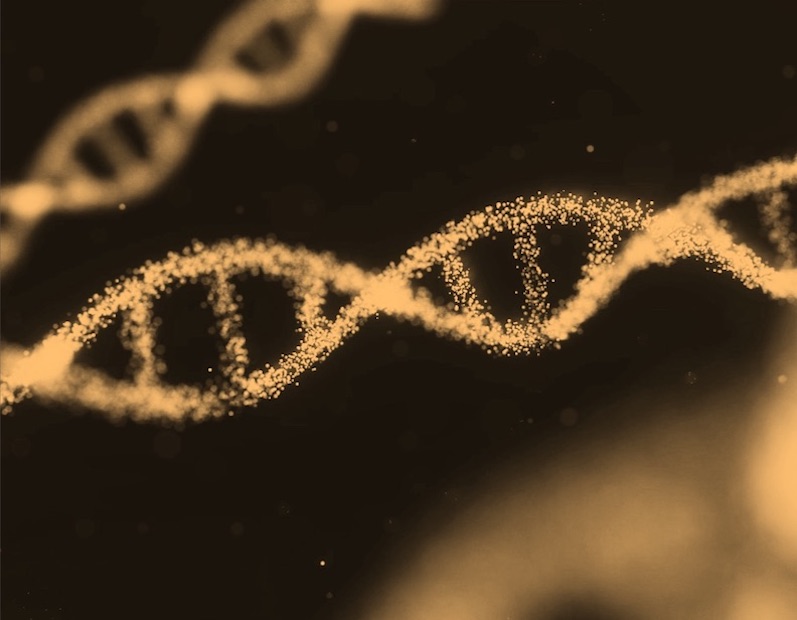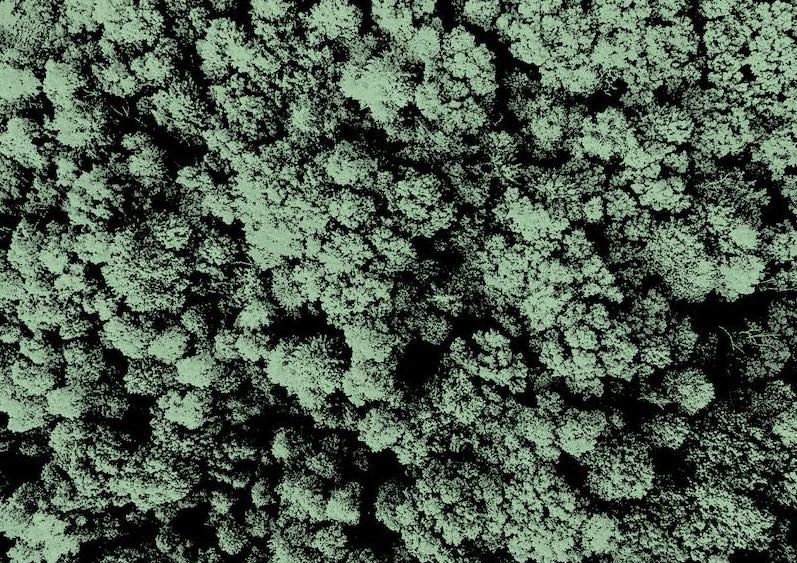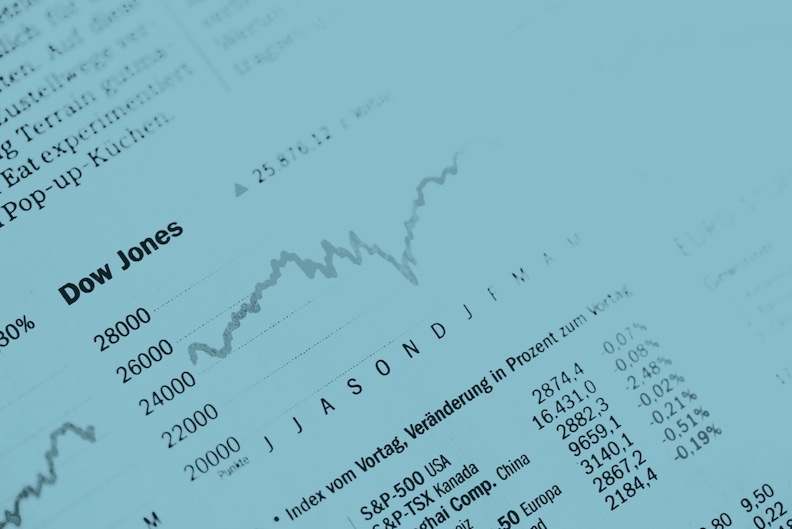What is it about?
We propose a technique for fully PolSAR data classification. We use a suitable space where it is easy to measure the distance of each observation to elementary scatterers. The procedure can be extended to any number of prototypes.
Featured Image
Why is it important?
The procedure is both conceptually and computationally simple, and it provides very good results even under low signal-to-noise scenarios.
Perspectives
This is a nice application of the Information-Theoretic approach to the classification of fully PolSAR data.
Prof. Alejandro C. Frery
Victoria University of Wellington
Read the Original
This page is a summary of: Unsupervised Classification of PolSAR Data Using a Scattering Similarity Measure Derived From a Geodesic Distance, IEEE Geoscience and Remote Sensing Letters, January 2018, Institute of Electrical & Electronics Engineers (IEEE),
DOI: 10.1109/lgrs.2017.2778749.
You can read the full text:
Contributors
The following have contributed to this page







